We really ought to come here more often. The terminus of the 464 New Ferry bus is at Shorefields Nature Park, south of Rock Ferry, which has been an SSSI since 2002. A grassy open space overlooks an area of Mersey mudflats which are a nationally-important feeding site for wading birds. Adjacent southwards is Port Sunlight River Park. The two sites combined give stunning views over the river to Liverpool and the chance of some pretty good birds.
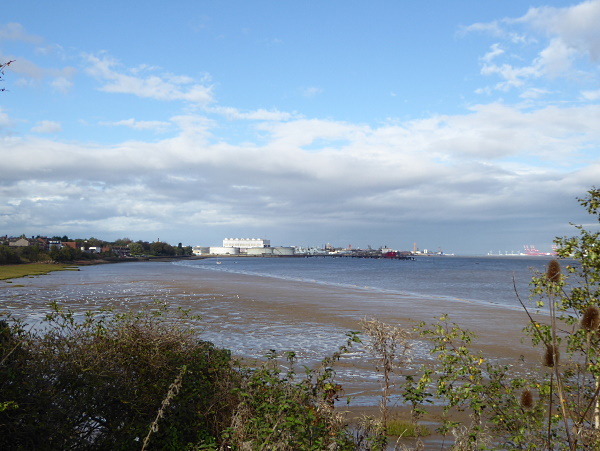
It was a windy day, but mild and sunny. This stretch of foreshore is where Brunel’s huge ship, the Great Eastern was broken up in 1888, but now is home to feeding birds. The tide was out, so there were lots of Black-headed gulls, a few dozen Lesser Black-Backed Gulls of the dark Baltic race, hundreds of Redshank along the tideline and a handful of Curlew, which occasionally made their evocative bubbling calls.
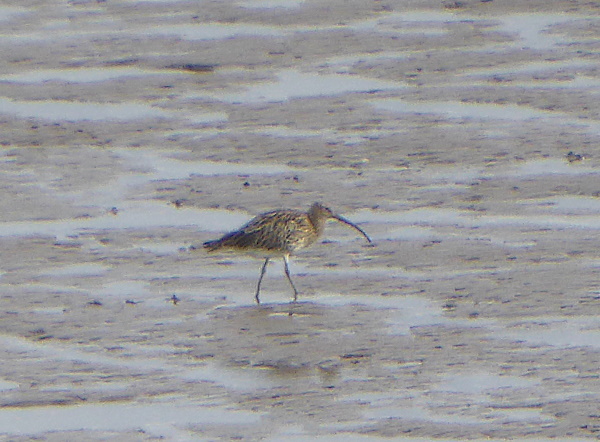
It is a wonderful place for views of Liverpool, showing the waterfront almost side-on.
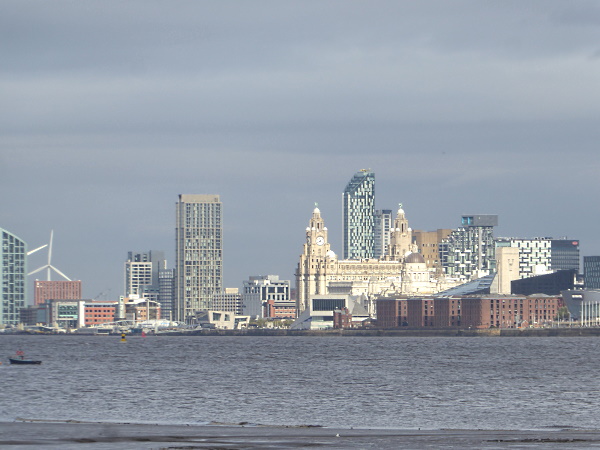
At the south end of Shorefields there used to be an Isolation Hospital, to cater for sailors returning from abroad with tropical diseases like cholera, smallpox and leprosy. It was in use from 1875 to the early 1960s. It had to be destroyed by fire after contractors refused to demolish it in case they caught something. The site is now covered by a small woodland. We saw Magpies flying in with sticks, so they are nest-building already. Two Ravens flew past, cronking.
Down steps then up again, and we were at the north end of Port Sunlight River Park, planted up over an old tip about a decade ago. There is a sheltered lake there, and much of the surrounding vegetation has now grown up so high that it is difficult to see what birds are there. We definitely saw a small flock of Shovellers, some Teal and Widgeon, a Redshank and several Black-tailed Godwits. The paths are lined with native trees and a surprising variety of wildflowers were still in bloom. We noted Dandelions and their lovely seed heads or “clocks”, Hogweed, some kind of Hawkbit, Michaelmas Daisies, Bindweed, Red Campion, Herb Robert, some kind of yellow crucifer, Tansy, Evening Primrose and a white Buddleia still flowering.
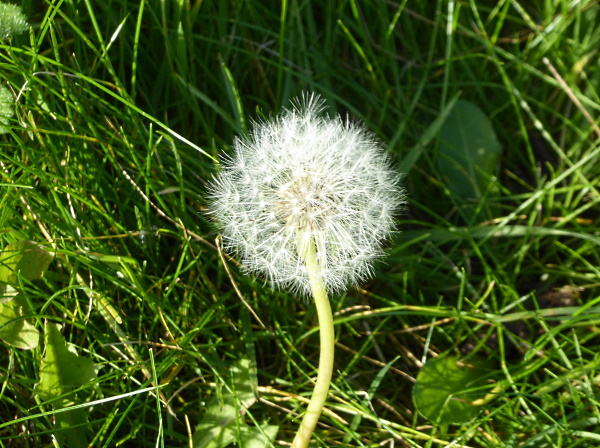

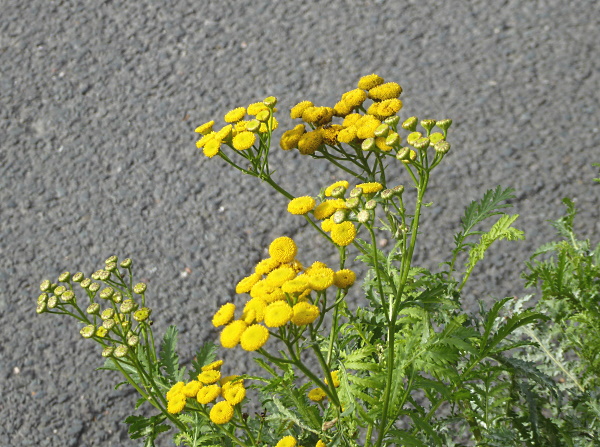
At the picnic area we spotted a Kestrel hovering over the higher ground. We decided not to climb to the summit in view of the strong winds, but to go around the sheltered woodland side of the hill and back the way we came. There were Coltsfoot leaves in abundance, very large red berries of Black Bryony and early Hazel catkins. One Ash tree had lots of the seed clusters called “keys”, but we haven’t seen many other Ashes that have fruited so well this year. There was also a native Spindle tree with its distinctive lobed red fruits.
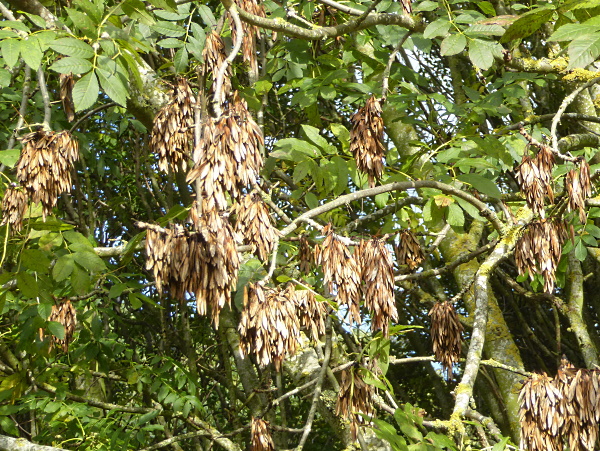
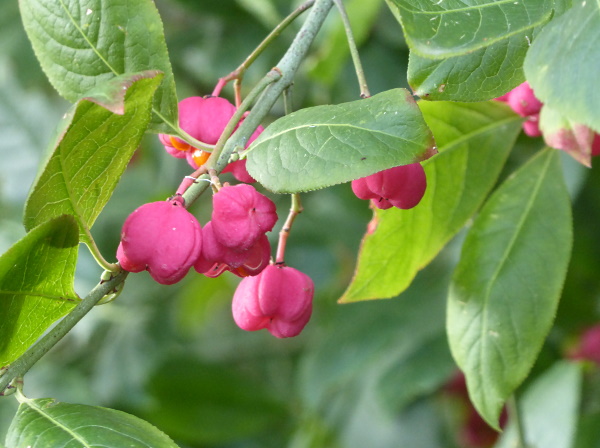
There were occasional very big bumble bees gathering the last of the flower nectar. Probably fertile queens stocking up for their winter sleep. They were either White-tailed or Buff-tailed, which are very hard to tell apart. We also spotted a very small Ladybird on some Hogweed. It was red with black spots, about 4 mm, and were there 16 spots? 19? At home I looked at the FSC leaflet, and decided it was possibly the 24-spot Ladybird (which most commonly has 20 spots), as it was about the right size and colour, is said to live on low vegetation, and is common and widespread. However, these small native species are becoming rarer due to the competition from the thuggish invasive Harlequins.
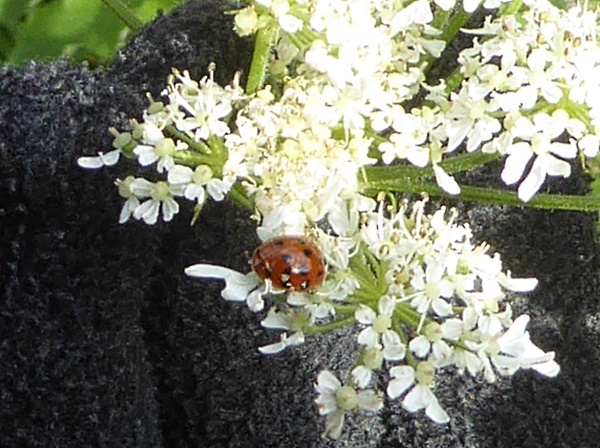
Public transport details: Bus 464 from Sir Thomas Street at 10.15 arriving Shorefields / Pollitt Square, New Ferry at 10.55. Returned from same place on the 464 at 2.32, arriving Liverpool at 3.05.
